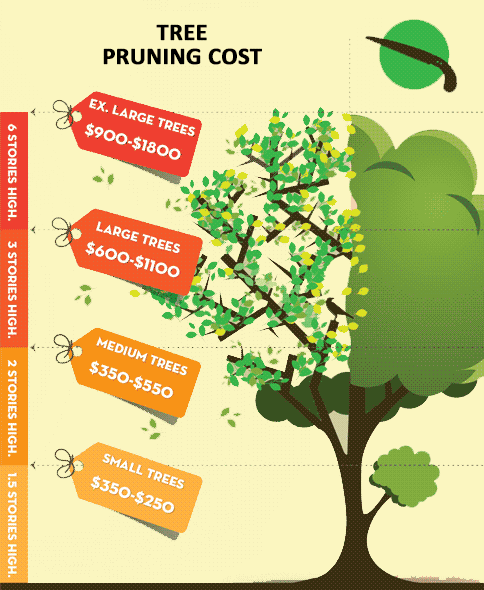Seek Essential Indicators That Indicate Your Tree Might Be Harmful; Knowing These Can Protect Your Property And Liked Ones. What Should You Watch For Following?
Seek Essential Indicators That Indicate Your Tree Might Be Harmful; Knowing These Can Protect Your Property And Liked Ones. What Should You Watch For Following?
Blog Article
Writer-Troelsen Cormier
When it pertains to tree care, recognizing the signs that it's time for elimination is vital for your security and home. You might observe stained fallen leaves, wilting branches, or weird fungal growths suggesting health problems. Structural issues, like a substantial lean or cracks in the trunk, can likewise pose dangers. Comprehending these warning signs can help you make informed choices about your trees and stop possible risks prowling in your lawn. What should you search for next?
Indicators of Decay and Illness
When you discover indications of decay and illness in your trees, it's critical to act promptly. Try to find https://organicstumpkiller84061.blogrenanda.com/41667696/pruning-trees-seasonally-when-and-how-to-achieve-the-most-effective-development , wilting branches, or uncommon growths like fungus. These can show that your tree is battling.
If you see cracks in the bark or soft, mushy timber, these symptoms recommend internal degeneration. Furthermore, an abrupt rise in pests around your tree can signal that it's deteriorated and prone.
Look for any dead or dying arm or legs, as they posture a threat to your residential property and safety. If you doubt regarding what you see, speaking with an arborist can offer clarity.
Attending to these indications early can conserve you from more substantial damages and make certain the health and wellness of your backyard. Do not wait till it's too late.
Structural Instability and Leaning
As you observe your trees, watch out for any signs of architectural instability or leaning. If a tree leans significantly, it may suggest that the root system is endangered.
Seek any kind of splits in the trunk or dirt around the base; these can signify potential failure. Additionally, check for unusual development patterns, like a lopsided crown, which might suggest that the tree is battling to hold itself upright.
If you see that the tree leans toward your home, power lines, or various other structures, it postures a higher threat. Do not disregard these indications-- speak with an arborist to analyze the scenario.
Taking action early can avoid costly damage and guarantee your security.
Dead or Dying Branches and Foliage
If you notice dead or passing away branches and foliage on your tree, it's a clear indicator that something's wrong.
These harmful areas can show underlying concerns like disease, bug infestations, or ecological anxiety. When branches shed their leaves or transform brown, they're no more adding to the tree's health. Ignoring these indicators might cause further decrease, making your tree a lot more harmful.
Dead branches can conveniently break off during storms, posturing a danger to residential property and people nearby. It's essential to examine the level of the damage.
If the trouble impacts a considerable part of the tree, consider seeking advice from a professional. They can help determine if elimination is needed to guarantee security and maintain the beauty of your landscape.
Conclusion
If you discover any indications of degeneration, structural instability, or dead branches on your trees, do not ignore them. These indicators can posture significant safety and security risks to you and your property. It's constantly best to speak with a professional arborist who can offer an expert evaluation of your trees. Taking action early can avoid crashes and expensive damage, ensuring your landscape remains safe and healthy and balanced. Remember, it's better to be aggressive regarding tree care than to await a calamity to happen.
